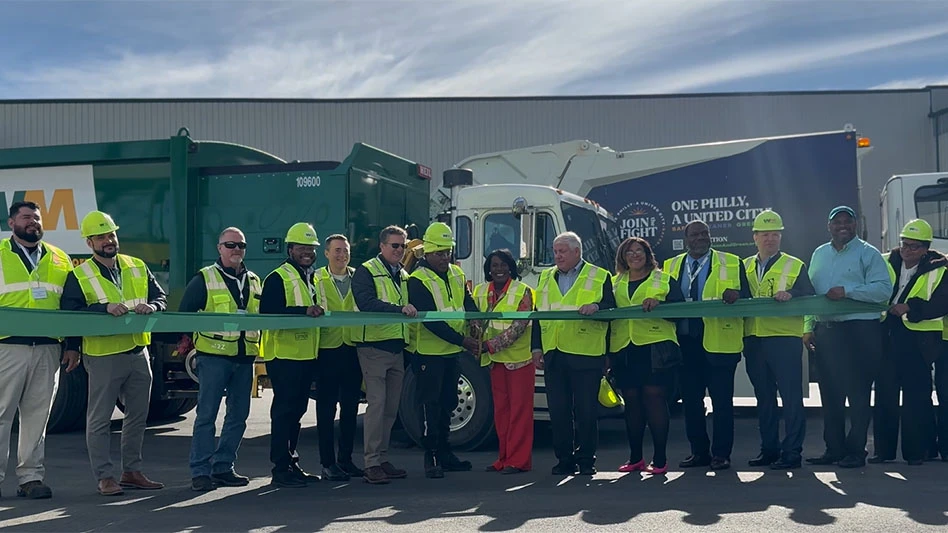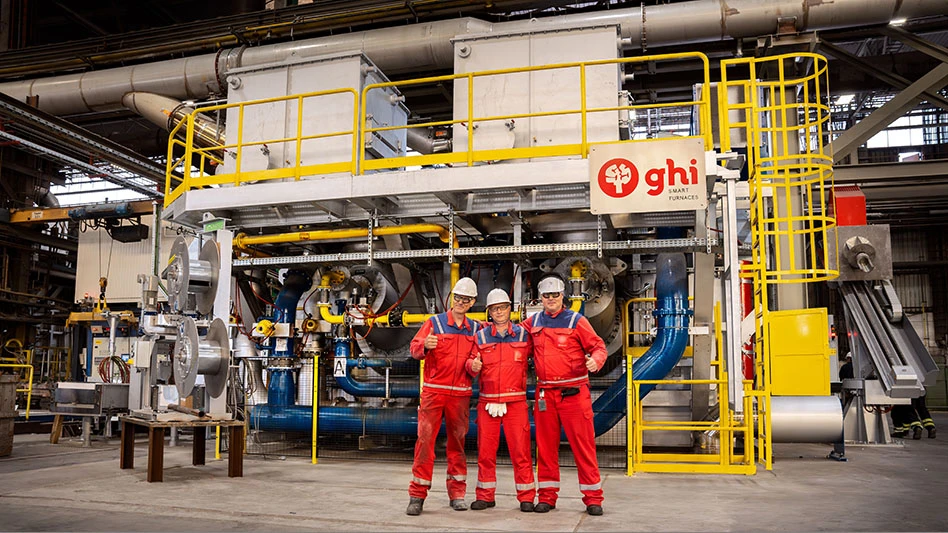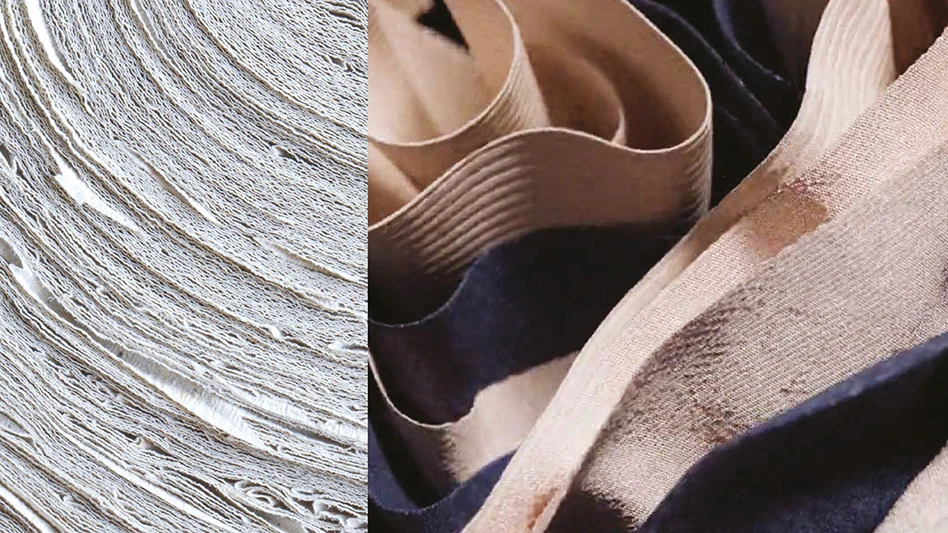RSR Corp., a secondary lead smelting company that operates lead acid battery recycling facilities in California, Indiana and New York, has applauded the U.S. Environmental Protection Agency (EPA) for its recently issued final rule that tightens the restrictions on the export of cathode ray tubes (CRTs) for reclamation.
RSR Corp., headquartered in Dallas, says that while the ruling does not directly impact the export of spent lead acid batteries, the rule is significant because it reflects the federal government’s increasing awareness that the export of hazardous waste, including electronic scrap and spent lead acid batteries, warrants more stringent regulation.
RSR Corp., headquartered in Dallas, says that while the ruling does not directly impact the export of spent lead acid batteries, the rule is significant because it reflects the federal government’s increasing awareness that the export of hazardous waste, including electronic scrap and spent lead acid batteries, warrants more stringent regulation.
RSR says it believes that lead acid batteries generated in the United States should be reclaimed in secondary lead smelters in the U.S., where the operations are regulated by stringent environment and health and safety standards.
“We believe it is wrong to create pollution havens for recycling batteries in any country whose regulatory standards do not ensure that batteries will be reclaimed in as safe a manner as possible," RSR states. "U.S. Customs data show that batteries are being exported not just to Mexico, but to about 40 other countries. Most of these countries lack protective regulations for secondary lead smelters. It is morally wrong for U.S. authorities to allow these exports."
RSR, which opposes used battery exports, says that EPA’s actions are encouraging.
“The Environmental Protection Agency’s rule is a positive sign that the federal government is taking seriously the issue of hazardous waste exports. RSR commends EPA for its effort on CRTs and looks forward to working with it to address the export of spent lead acid batteries,” says Robert Finn, president and CEO of RSR.
CRTs contain, on average, 3 pounds of lead, the company says. Spent lead acid batteries by comparison average about 20 pounds of lead. The disparity in the volume of lead alone should draw EPA’s attention, RSR adds.
EPA data show that in 2013, U.S. companies exported 639,670 metric tons of used lead acid batteries. Further, RSR notes that based on EPA and U.S. Census Bureau data, U.S. exports increased by 19,902 percent between 2002 and 2013.
Finn notes that the U.S. presently has the infrastructure, capacity and talent to recycle lead acid batteries and electronic scrap domestically under some of the strongest environmental rules in the world. “That is why we continue to object to the ongoing practice of exporting spent lead acid batteries to developing economies like Mexico. The federal government cannot stand by as close to 1 billion pounds of batteries are exported from the U.S. to Mexico for reclamation by poorly regulated smelters that harm the health of their workers and pollute the surrounding environment," he adds.
“We believe it is wrong to create pollution havens for recycling batteries in any country whose regulatory standards do not ensure that batteries will be reclaimed in as safe a manner as possible," RSR states. "U.S. Customs data show that batteries are being exported not just to Mexico, but to about 40 other countries. Most of these countries lack protective regulations for secondary lead smelters. It is morally wrong for U.S. authorities to allow these exports."
RSR, which opposes used battery exports, says that EPA’s actions are encouraging.
“The Environmental Protection Agency’s rule is a positive sign that the federal government is taking seriously the issue of hazardous waste exports. RSR commends EPA for its effort on CRTs and looks forward to working with it to address the export of spent lead acid batteries,” says Robert Finn, president and CEO of RSR.
CRTs contain, on average, 3 pounds of lead, the company says. Spent lead acid batteries by comparison average about 20 pounds of lead. The disparity in the volume of lead alone should draw EPA’s attention, RSR adds.
EPA data show that in 2013, U.S. companies exported 639,670 metric tons of used lead acid batteries. Further, RSR notes that based on EPA and U.S. Census Bureau data, U.S. exports increased by 19,902 percent between 2002 and 2013.
Finn notes that the U.S. presently has the infrastructure, capacity and talent to recycle lead acid batteries and electronic scrap domestically under some of the strongest environmental rules in the world. “That is why we continue to object to the ongoing practice of exporting spent lead acid batteries to developing economies like Mexico. The federal government cannot stand by as close to 1 billion pounds of batteries are exported from the U.S. to Mexico for reclamation by poorly regulated smelters that harm the health of their workers and pollute the surrounding environment," he adds.
Latest from Recycling Today
- ReElement, Posco partner to develop rare earth, magnet supply chain
- Comau to take part in EU’s Reinforce project
- Sustainable packaging: How do we get there?
- ReMA accepts Lifetime Achievement nominations
- ExxonMobil will add to chemical recycling capacity
- ESAB unveils new cutting torch models
- Celsa UK assets sold to Czech investment fund
- EPA releases ‘National Strategy to Prevent Plastic Pollution’





